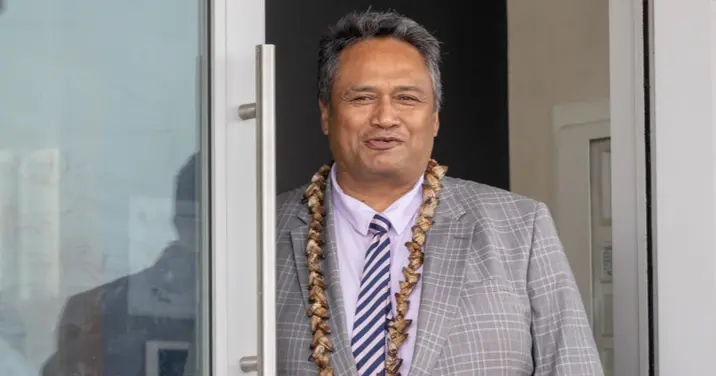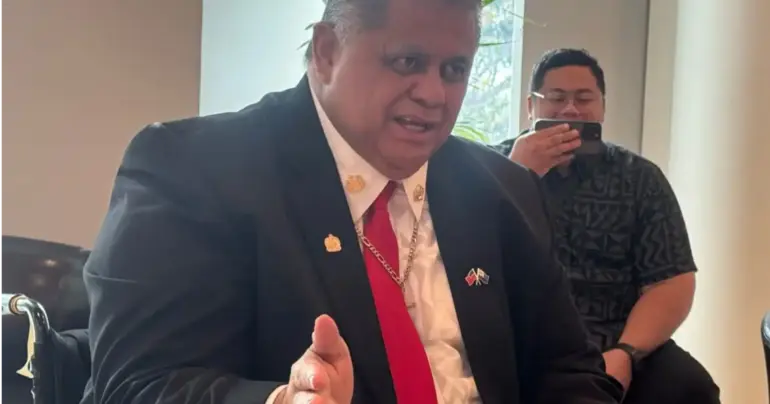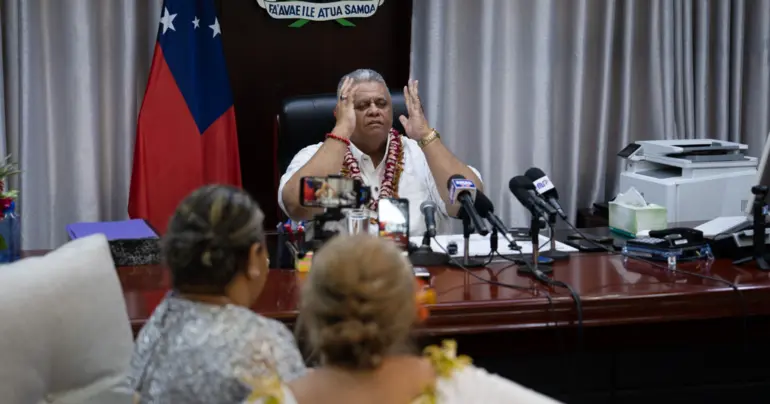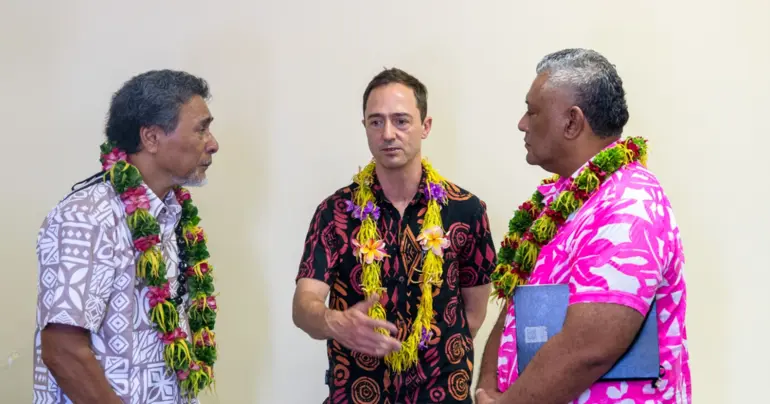Sacred creatures yet merciless slaughter of turtles continue
Horrific, tragic, gruesome and careless. Those are the words that best describe the slaughter of several hawksbill and green turtles in Manono-uta cloaked behind traditional practice.
If pictures say a thousand words, then the one showing dead turtles piled on top of each other in Manono-Uta has a harrowing tale.
The turtles that were slaughtered were mostly hawksbill turtles. Three species of sea turtles are found in Samoa; only one is known to nest on Samoan beaches. It is the critically endangered hawksbill turtle (Eretmochelys imbricata), which is also known as "laumei faiuga" in Samoa. The nesting season extends from November to June each year with the peak season for turtle nesting activities within January and February.
It is critically endangered if you still have not recognised the keywords to describe this species. The World Wildlife Fund describes critically endangered species as a species considered to be facing an extremely high risk of extinction in the wild. In layman’s terms, if we continue down this path, in the next century or so, turtles will only be seen in pictures and talked about in stories.
The authorities need to investigate this and hold those responsible for the death of so many turtles accountable. Fine them and let them know that if laws are going to be broken, there will be consequences.
This is not the first case where humans have driven a species to extinction mainly through eating. Hawksbill turtles and green turtles are common around the Manono, Safata and Aleipata areas. In some areas, they come ashore to nest. Eating their eggs is also an issue. This same practice has plummeted fruit bat numbers and we could even assume that Manumea could be extinct. There has been no clear sighting of our national birds.
When the world is paying attention, our leaders are quick to point out that traditional methods should be integrated into conservation practices. What happened in Manono-Uta is quite the opposite. A village meeting was used as an excuse to bypass a law prohibiting turtle slaughter to kill at will. There were reports that some were even sold.
The laws allow one or two to be caught for subsistence purposes but this needs to be changed. There should be a ban on the consumption of turtles altogether. Traditional and political leaders should make a stand against this practice. As guardians of the land and sea, we must protect turtles instead of harming their population.
Turtles have major cultural significance and tourism value, which are also of huge importance in our region. In Samoan culture, they are also known as ‘I’a Sa’ or sacred fish. There are many Samoan myths, legends and songs which feature turtles such as “The Legend of the Turtle and the Shark.”
In the past, turtles were only allowed to be consumed by the high chiefs of the village. However, this changed over time and anybody who could catch a turtle, was able to eat one. This became a problem because it meant more turtles were harvested and it had a huge impact on turtle populations in Samoa.
In Samoa, it is illegal to kill, injure, or sell sea turtles. The "Marine Wildlife Protection Regulations 2009" and "Local Fisheries Regulations 1996" prohibit these actions and also ban the disturbance of turtle nests and the taking, using, or destroying of eggs. Additionally, commercial fishing of turtles and interference with nesting turtles are prohibited.
The sale and purchase of turtles, whether dead or alive, is prohibited. Disturbing turtle nests, including taking, using, or destroying eggs, is unlawful. Commercial fishing of turtles, including the taking, catching, or fishing for them in Samoan waters, is illegal, except for subsistence purposes.
Individuals who accidentally capture, injure, or kill turtles while fishing must report the incident to the Ministry of Agriculture and Fisheries.
Turtles have swum with dinosaurs and are known to be one of the oldest species alive on Earth. It will be sad to see an end to the species because we found them to be tasty. Tradition should not be a cloak to cause a decline in the turtle population but a tool to help them thrive. They are sacred and let us treat them that way.











